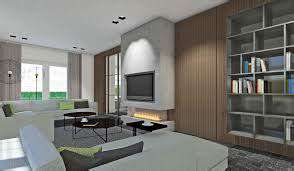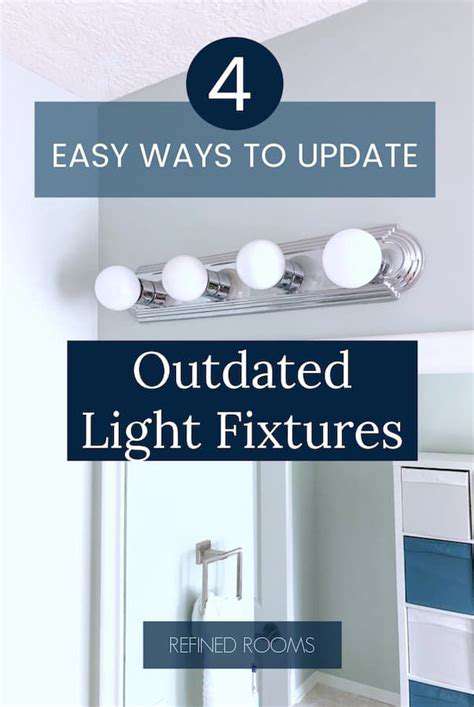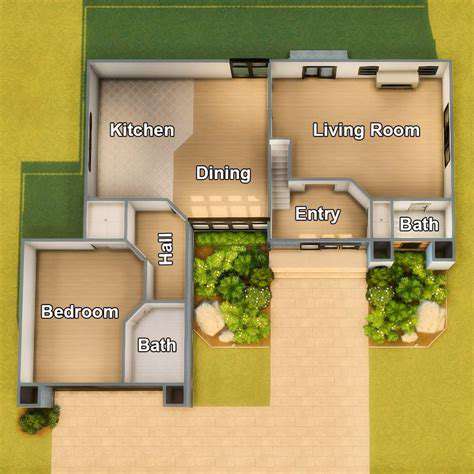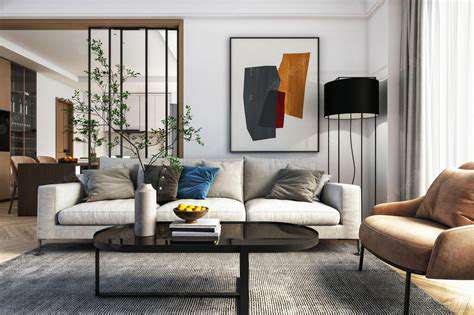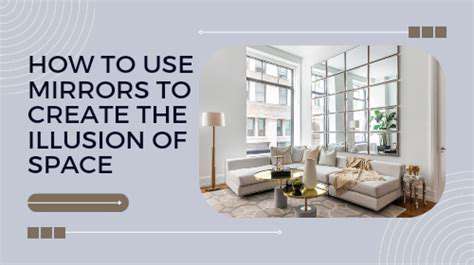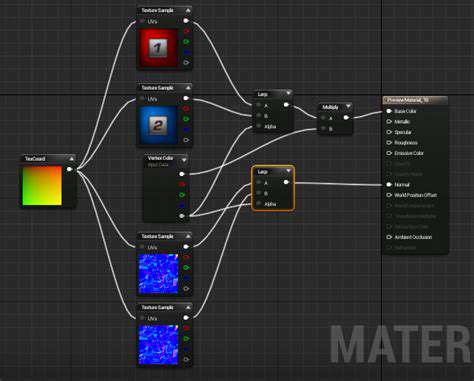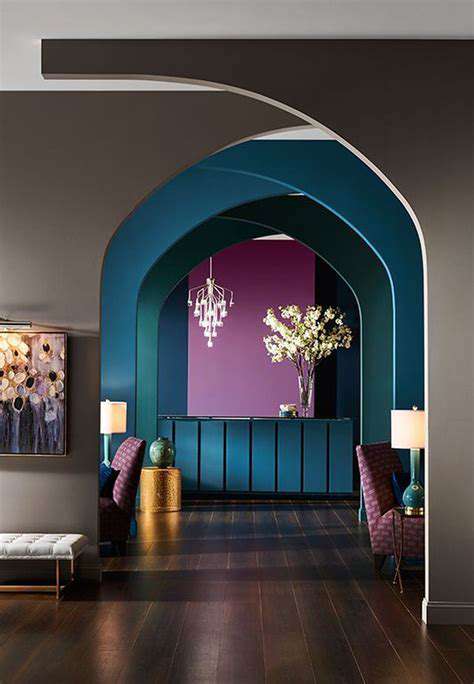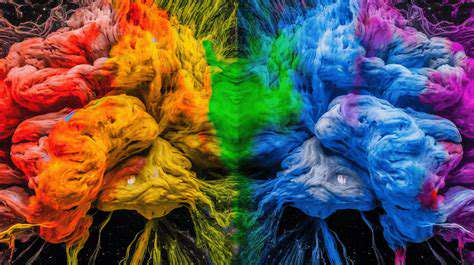Comprehensive Interior Color Design for Harmonious Home Palettes
Catalog
Color Wheel organizes colors; fundamental for design harmony.
Primary, secondary, and tertiary colors expand design possibilities.
Complementary colors create vibrant contrasts but require balance.
Colors affect emotions; choose wisely for desired atmosphere.
Color harmony achieves visually pleasing arrangements in interiors.
Neutrals enhance design, allowing bolder colors to shine.
Lighting significantly alters color perception throughout the day.
Current trends include earthy tones and mixed textures.
Cohesive palettes link rooms and create visual flow.
Accent colors add interest to neutral backgrounds.
Textures enrich aesthetics, enhancing visual and tactile interest.
Seasonal trends influence palettes; adapt designs accordingly.
Neutral base palettes allow for flexible seasonal updates.
Testing colors helps ensure harmonious combinations and choices.
Consulting professionals can simplify complex design decisions.
Understanding Color Theory: The Basics
Introduction to the Color Wheel
The Color Wheel acts as the cornerstone of color theory, visually mapping hues in a circular format. Originally developed by Isaac Newton centuries ago, this tool remains indispensable for artists and designers. Mastering its relationships unlocks endless possibilities for crafting spaces that resonate emotionally and aesthetically.
Primary shades (red, blue, yellow) form the wheel's foundation - they can't be mixed from other colors. Blend these to create secondary colors (green, orange, purple), then combine primaries and secondaries for tertiary variations. This progression builds a versatile spectrum offering designers nuanced options for any project.
Complementary Colors and Their Impact
Complementary Colors sit directly across the wheel from each other, like fiery orange against cool blue. When paired strategically, they generate electrifying contrasts that energize rooms. Many designers use this effect to highlight architectural features or statement furniture pieces.
The key lies in moderation. A living room bathed equally in red and green risks feeling chaotic rather than chic. Instead, choose one hue as the dominant force (perhaps a deep navy sofa) and use its complement (mustard yellow) sparingly in throw pillows or artwork.
The Psychology of Color
Color choices profoundly influence our daily experiences. Research confirms that soft blues lower heart rates, making them perfect for bedrooms, while sunny yellows stimulate creativity in home offices. However, cultural associations matter too - in some regions, white symbolizes purity while elsewhere it represents mourning.
Personal history also plays a role. Someone who grew up in a crimson-walled dining room might find that color comforting, while others associate it with tension. Always consider occupants' unique perspectives when finalizing palettes.
Color Harmony: Creating Cohesive Palettes
Harmonious color schemes rely on strategic relationships. Analogous groupings (neighbors on the wheel) like sage, mint, and seafoam create soothing, unified environments. For more energy, try triadic schemes - imagine violet, orange, and green dancing together in a child's playroom.
Texture plays a crucial supporting role here. A monochromatic beige room gains depth through varied materials: nubby linen curtains, smooth leather chairs, and rough-hewn wood tables all interact with light differently, preventing visual boredom.
Using Neutrals in Design
Neutrals form the unsung heroes of interior design. Warm greige walls can make emerald green velvet upholstery pop, while cool white trim keeps spaces feeling crisp. The magic happens in the undertones - a beige with pink hints feels cozier than one leaning gray.
Layering neutrals creates sophistication. Try pairing charcoal throw blankets with oatmeal rugs and metallic silver accents. Add dimension through finishes - matte walls, glossy trim, and satin-finish hardware each reflect light uniquely.
The Role of Lighting in Color Perception
Light transforms colors dramatically throughout the day. North-facing rooms with blue-tinged light might make warm beige walls appear sickly yellow, while south-facing spaces amplify red undertones. Smart homeowners paint large swatches to observe daily shifts before committing.
Artificial lighting introduces new variables. LED bulbs come in various temperatures - 2700K casts a golden glow, while 4000K mimics daylight. Always test paint samples under your actual lighting conditions.
Trends in Interior Color Design
Current preferences lean toward nature-inspired hues: mushroom taupe, weathered blue, and dried clay terracotta. These organic tones create grounding, restorative environments. Pair them with tactile materials like raw wood or hand-thrown pottery for authenticity.
While trends offer inspiration, personal resonance matters most. A passionate red accent wall that fills you with joy will always outlast fleeting fashions. Use trends as seasoning, not the main ingredient.
Choosing the Right Color Palette for Your Space
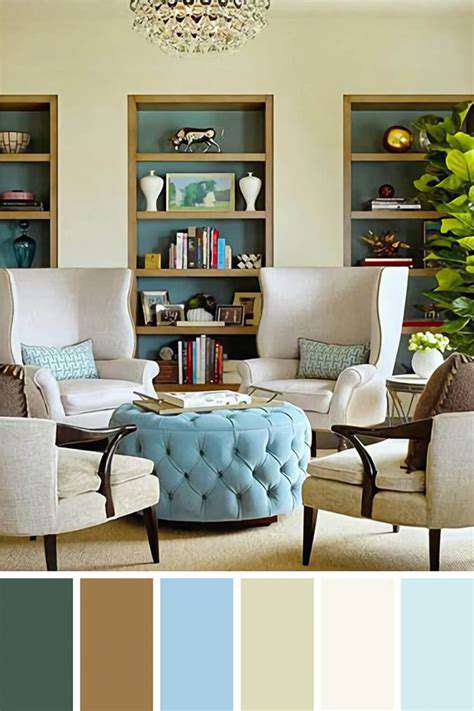
Understanding Color Theory
Color Theory provides the blueprint for harmonious spaces. Beyond memorizing the wheel, notice how colors behave in context. That perfect peach swatch might turn neon under your specific lighting. Always view colors in situ before finalizing.
Analyzing Natural Light in Your Space
Light quality varies dramatically by orientation:
- East-facing: Warm morning light, cooler afternoons
- West-facing: Neutral mornings, golden evenings
- North-facing: Consistent cool light
- South-facing: Bright, warm illumination
Selecting a Focal Point Color
Every memorable room needs an anchor. Maybe it's a aubergine velvet sectional in a sea of greige, or hand-painted cerulean tiles behind the stove. Let this hero element guide your supporting palette. If choosing bold cabinetry, keep walls neutral to prevent visual overload.
Creating a Cohesive Color Scheme
The 60-30-10 rule offers foolproof balance: 60% dominant (walls), 30% secondary (furniture), 10% accent (decor). For continuity, repeat accent colors in multiple rooms - cobalt vases in the living room echo navy kitchen barstools.
Incorporating Textures and Patterns
Texture adds tactile interest that flat color can't achieve. Combine glossy subway tiles with rough open shelving wood. Patterns should converse with solids - geometric black-and-white pillows can energize a beige sofa without clashing.
Testing Color Combinations
Sampling is non-negotiable. Paint poster boards and move them around the room. Observe at dawn, noon, and under evening lamps. Digital tools like ColorSnap Visualizer help visualize combinations, but real-world testing remains irreplaceable.
Creating Flow: Linking Rooms with Color
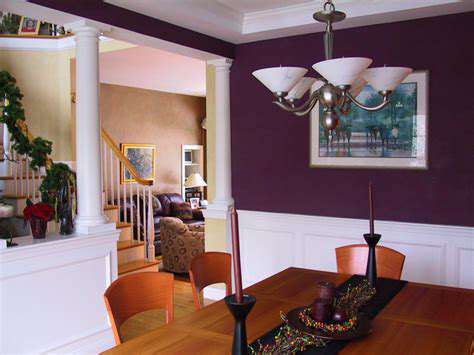
Understanding the Color Wheel
Strategic color relationships create seamless transitions. Try using varying intensities of one hue throughout connected spaces - pale sage entryway, medium olive living room, deep forest dining area.
Practical Applications for Room Linking
Carry key elements through multiple rooms:
- Repeat trim color throughout
- Use consistent metal finishes
- Echo fabric patterns in adjacent spaces
Using Texture and Accent Colors
Understanding Texture in Interior Design
Texture orchestrates visual rhythm. Imagine a smooth marble countertop against rough brick backsplash, or nubby bouclé chairs at a glass dining table. These contrasts prevent monotony while maintaining cohesion.
Choosing the Right Accent Colors
Accent colors should surprise and delight. In a neutral bedroom, lacquered emerald nightstands add jewel-box glamour. For open floor plans, use consistent accents (like brass hardware) to unite distinct zones.
Applying Texture and Accent Colors Strategically
Zone large spaces with texture: define a reading nook with shaggy rugs and velvet drapes, while keeping kitchen areas sleek with polished concrete. This subtle demarcation guides movement without walls.
Adjusting Your Palette With Seasons and Trends
Understanding Seasonal Color Trends
Seasonal shifts invite refreshment. Swap lightweight lilac linen drapes for heavyweight merlot velvet as temperatures drop. Introduce spring via budding branch arrangements in chartreuse vases against winter's neutral backdrop.
Choosing a Base Palette
Invest in timeless foundations:
- Walls: Warm white or greige
- Large furniture: Neutral upholstery
- Flooring: Medium-toned woods
Accent Colors and Seasonal Swaps
Rotate accessories quarterly:Spring: Mint throw blankets, daffodil pillows
Summer: Navy striped towels, coral candles
Fall: Ochre table runners, walnut bowls
Winter: Silvered pinecones, crimson stockings
